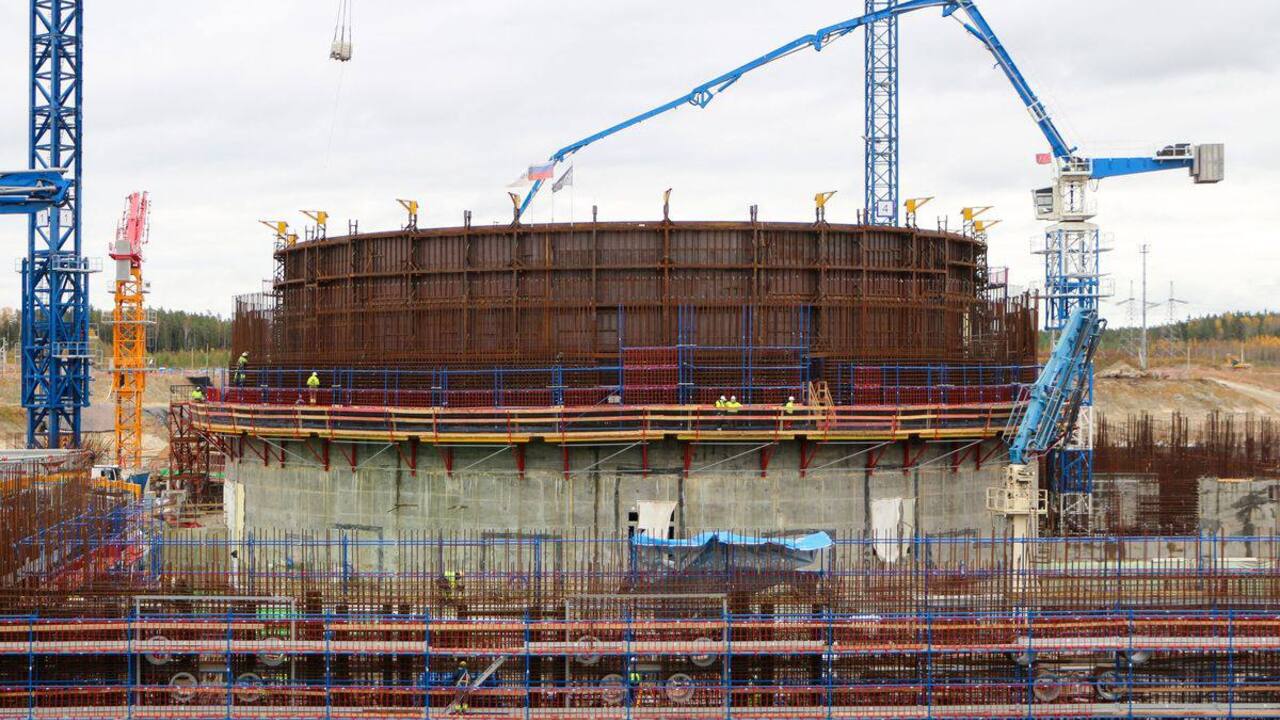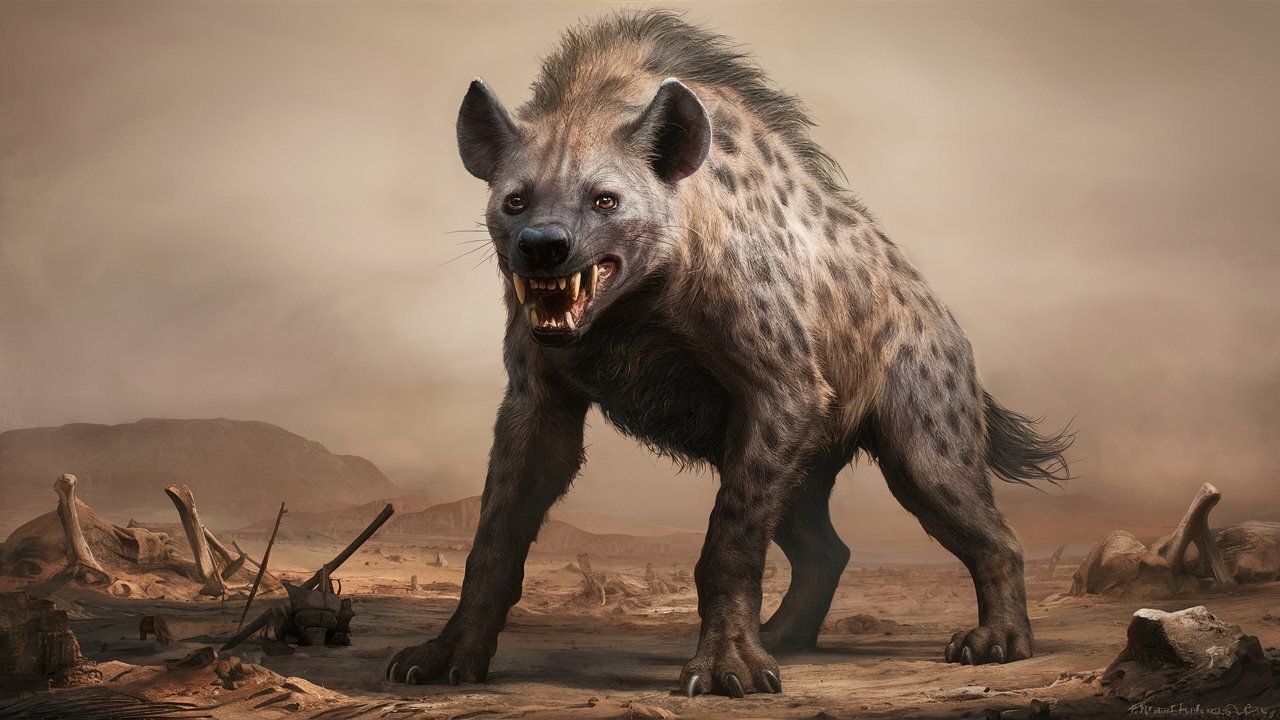In recent studies aimed at establishing What category does the catastrophic impactor associated with the extinction of dinosaurs fall into?An international team of scientists led by Mario Fischer-Gödde of the University of Cologne in Germany has detected samples of ruthenium deposited by giant objects in craters on the Earth’s surface.
The study, published in the journal Science, confirmed what had been suspected: the Chicxulub impactor was responsible for the mass extinction that occurred on our planet 66 million years ago. It was a rare type of carbonaceous asteroid that formed in the outer Solar System.Well beyond Jupiter. Additional measurements from five other impacts showed that the craters were caused by silicate asteroids in our solar neighborhood.
The discovery puts an end to debates about the nature of the Chicxulub impactor, while also providing clues about its origin: not the main asteroid belt between the orbits of Mars and Jupiter, but the so-called outer Solar System. The information could be useful. to anticipate and try to avoid such an event in the future.
Analysis of ruthenium brought by asteroids
To test their hypothesis, the researchers analyzed the isotope ratios of ruthenium samples deposited on the ground by celestial bodies. Although abundant in space rocks, the metal is very rare in the Earth’s crust., Because of its density, it must have “sinked” towards the planet’s core.
This was precisely the element’s concentration at the boundary between rocks deposited between the Cretaceous and Paleogene. drew scientists’ attention to the possibility of an asteroid impacteven before the crater was physically identified.
Because ruthenium has seven isotopes that allow us to assess its relative abundance, the authors measured the ratios of five of these isotopes at different locations in Europe and found that the ratios were consistent with each other.
Results from studies on colliding asteroids

Based on these measurements, the authors concluded that the culprit responsible for the dinosaur extinction was a C-type asteroid that produced carbonaceous chondrites, primitive rocky meteorites rich in carbon. Although such rocks are common in space, there are not many meteorites of this type found on Earth.
The asteroid also brought amino acids, nucleobases and other compounds necessary for life, according to the study. Its formation in the outer Solar System places it at distances close to where comets form, but the meteors they produce Known as CI chondritesContains ruthenium in varying proportions.
Studying the properties of these impacting asteroids is important to assess and reduce potential threats to our planet from future impacts. In this sense, it is important that the majority of the analyzed asteroids are S-type, which are more common in our inner Solar System and therefore important. easier to observe in time to take preventive measures.
Source: Tec Mundo
I’m Blaine Morgan, an experienced journalist and writer with over 8 years of experience in the tech industry. My expertise lies in writing about technology news and trends, covering everything from cutting-edge gadgets to emerging software developments. I’ve written for several leading publications including Gadget Onus where I am an author.













